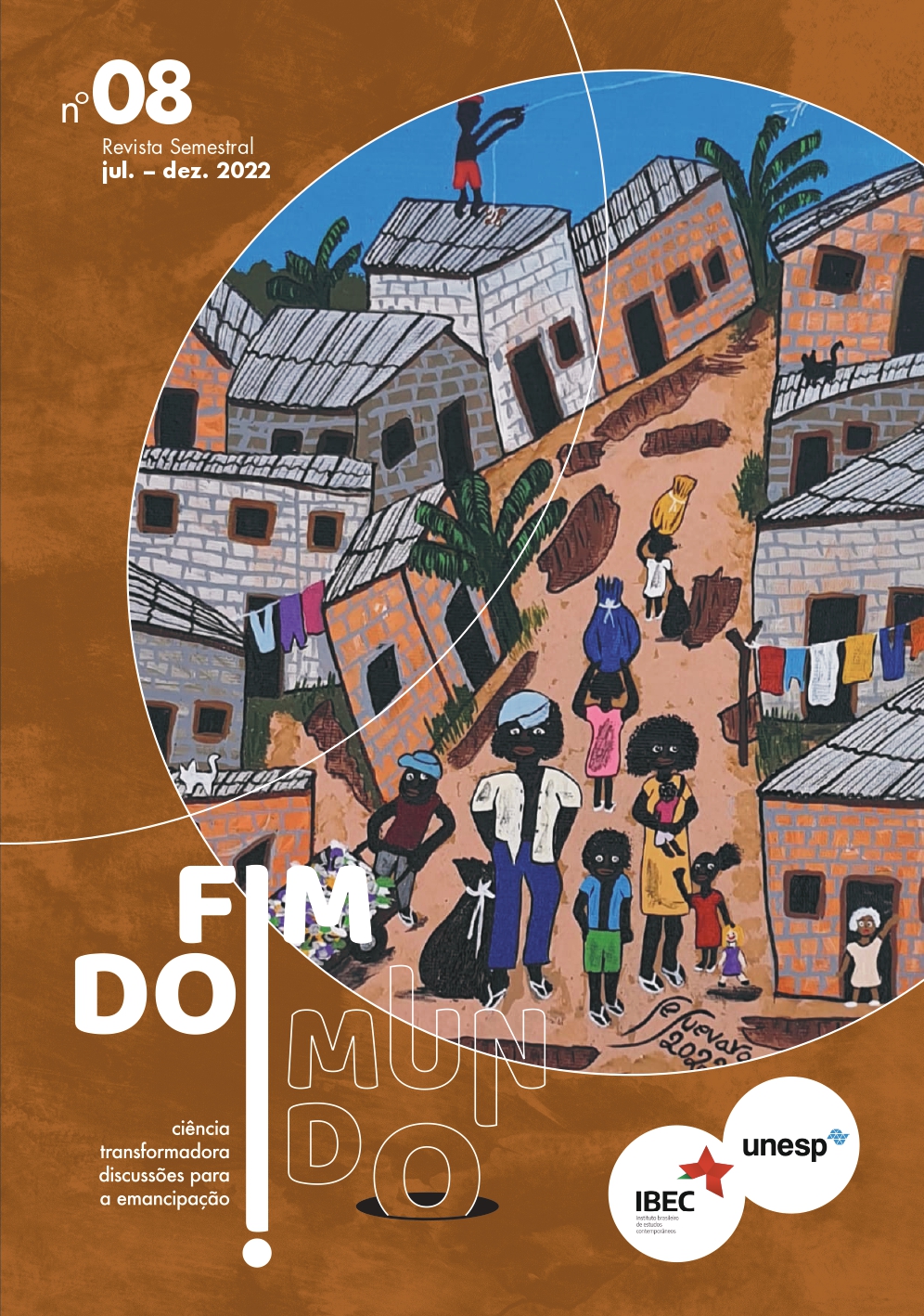Cursos preuniversitarios populares y juventud
potencialidades y contradicciones
DOI:
https://doi.org/10.36311/2675-3871.2022.v3n8.p144-160Palabras clave:
Cursos preuniversitarios, juventud, Educación SuperiorResumen
Youth is a polysemic concept that involves a biological dimension of individuals and their potential for intervention in collective paths of each society. These paths are latent from the interest of who socialize the youth. This highlights the school trajectories and the history of Brazilian society that produced, by Brazilian dependent condition, an extremely unequal educational system, especially in Higher Education. Preparatory courses for entrance exam, called “popular cursinhos”, are extra-governmental initiatives that have existed in Brazil since the 50s and aim to facilitate the access to universities for the most vulnerable communities of the country. By uniting different social strata and seeking to reduce educational inequalities, popular cursinhos may be sources of research of youth and emancipatory education. But these places can also reproduce methods and pedagogical concepts of an instrumental education, focusing mainly on entrance exams approval. It’s on these topics that the present text persue to contribute.
Descargas
Descargas
Publicado
Número
Sección
Licencia
Derechos de autor 2022 Revista Fim do Mundo

Esta obra está bajo una licencia internacional Creative Commons Atribución-NoComercial-SinDerivadas 4.0.
La Revista Fim do Mundo es propietaria de los derechos de autor de las obras publicadas en sus ediciones. Tal como aparecen en esta revista de acceso público, los artículos son de uso gratuito, con atribuciones propias, con fines educativos, científicos y no comerciales.










